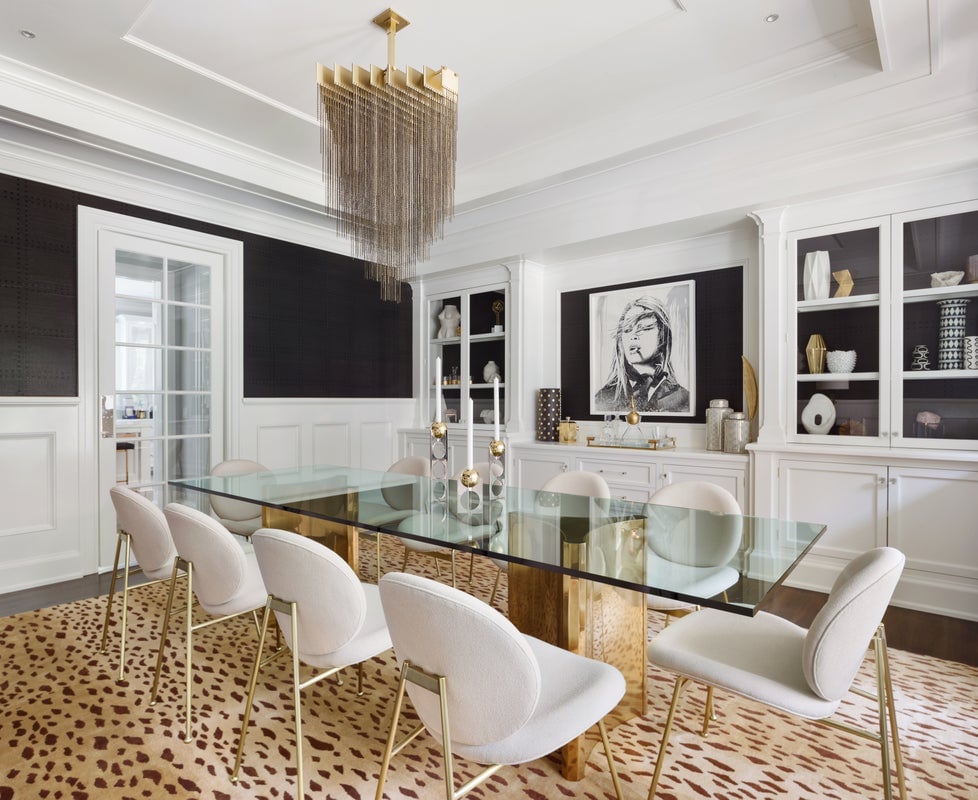In some ways, terms like “palette” and “mood” have a mysterious aura to them—that behind-the-scenes, know-it-when-you-see-it feel to a room that’s interesting but cohesive, eclectic but considered, that just “works”. And while we definitely don’t think it’s practical (or even possible!) to take away from that artist’s-eye, je ne sais quoi approach to designing, we’re here to let you in on a little secret: there’s a method to the madness, and you don’t have to be a seasoned designer to bring a thoughtful, focused approach to using color to strike your desired mood (or moods—let’s be honest, we’ve have all our fair share of them over the past year).
See below for our view on why mood and palette is a great first stop on your renovation journey, a step-by-step for dialing in a color story for your space (whether blank canvas or finishing-touch-ready) and a couple sample palettes to get you started!
A Palette Primer Beyond “Pop of Color”
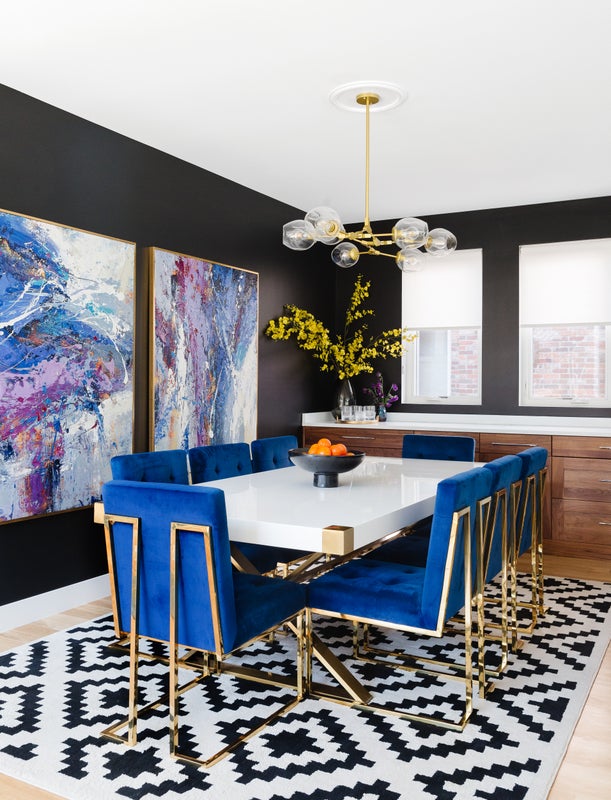
If, like us, you consist on a steady diet of iced coffee and design-and-reveal TV shows, you’re intimately familiar with the conventional wisdom behind color selection and room design: an inspiration board with pre-selected finishes, a couple swatches in mostly neutral hues, and gratuitous use of the phrase “pop of color”—a “bolder” color that gets worked in to accent pieces to tie everything together. Easy, right?
While we think this approach has its merit, we’ve also noticed that the past year—when some of us spent more time at home than perhaps ever before—has prompted us to think about our space in new ways: multi-purpose, designed for all-day living, and balancing comfort and familiarity while remaining open to additions and changes that feel unmistakably personal. More than square footage or standout pieces, we’re prioritizing getting our surroundings to a place where we can enter and instantly receive the mood they’re designed to evoke. All good…but with a thousand choices to arrive at mood nirvana, where do you even begin?
That’s where palette comes in. Borrowed from the French word for spade, palette hearkens back to the knife used by painters to mix colors, and in modern terms, it defines the color universe of your space and communicates a story through light, saturation and variation. Broader than a simple base-and-accent color selection, we think that arriving at a solid idea of palette and mood can be done even before selecting period influences (e.g. Scandinavian neutral, mid-century modern, contemporary, vintage eclectic), as each design era offers a wide range of palettes and moods in which to play.
Remember the color wheel from 5th grade art class? Turns out that this trip down memory lane to review some color theory fundamentals can help inform the task at hand: recall that every hue in the Pantone universe and beyond is actually a combination of three primary hues: red, yellow and blue. (Pro tip: replacing the word “color” with “hue” or “value” instantly ups your design bona fides!)
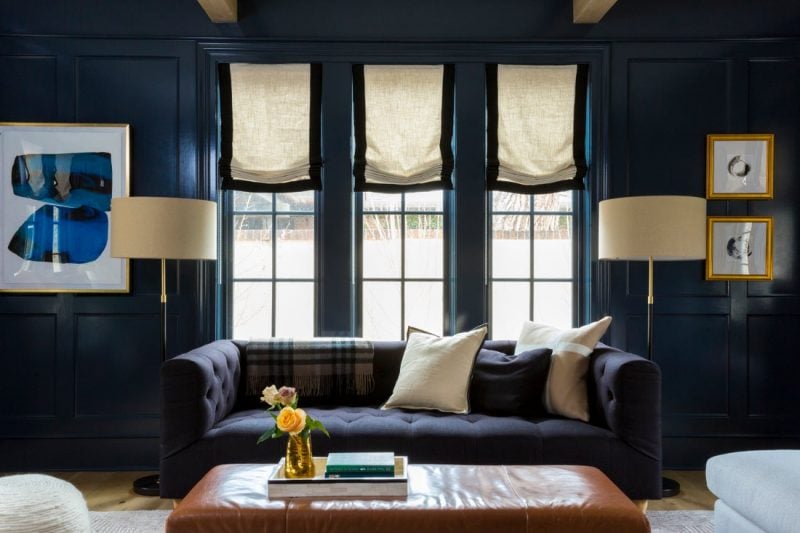
You may intuitively sense that words like “bold” and “pop” often evoke high contrast interiors, while “muted”, “calm” and “earthy” denote low contrast spaces, but why? Color-wheel hues with black added are called shades, while those with white added are called tints and with both black and white (i.e. gray) added called tones. Color tone, or temperature, is a major driver of mood, even within a given hue (think warm sienna versus cool burgundy). When split down the middle, the color wheel is half warm-toned (think red, orange and yellow) and half cool-toned (think blue, green and violet). Colors with wider variations of white and black added are typically referred to as contrasted, while those opposite each other in the color wheel are complementary. Bear in mind, though, that the potential for color combinations that work, both traditional and unexpected, is nearly endless.
Five Steps to Palette Perfection Inspiration to Action
Alright, we’ve flown through Color Theory 101—now it’s time to take these fundamentals into a play-by-play for matching your vision to a focused-but-flexible palette that can inform your next moves, whether heavy-duty sourcing and renovation or done-in-a-weekend refresh.
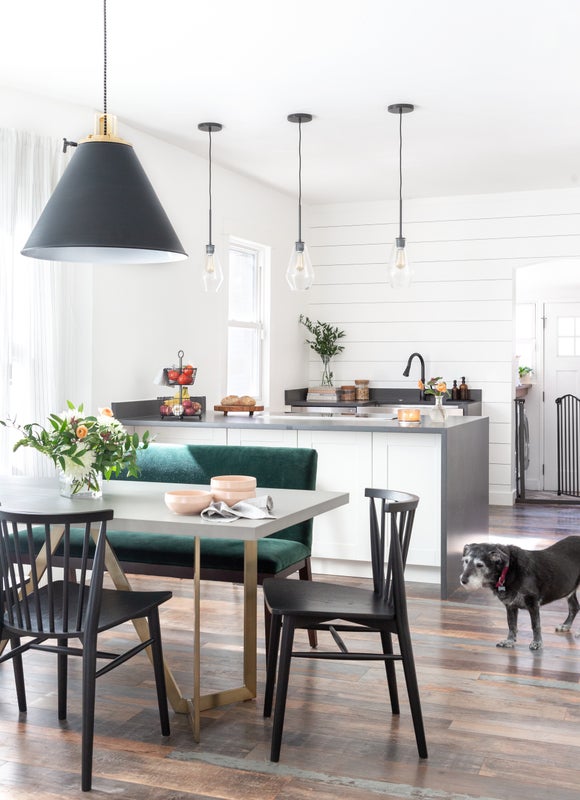
1. Use leading questions to arrive at color keywords and a mood story.
Here are some conversation-starters to help you zero in on some key palette concepts for your space:
How do I want to feel when I walk into this room (calming, inspired, refreshed, like an unproblematic celebrity)?
We’re big fans of playing word association, casting a wide net to describe an emotion or environment you’re looking for, and then winnowing down to a core story. Pull memory scenes from favorite places and movies without worrying about liking every single aesthetic connotation or even the overall style direction (i.e. Love Mad Men but not mid-mod’s biggest fan? Keep the the mid-tone veneer and nubby ochre of the recliners, and leave the jewel-tone skirt suits and atomic barware. Presto!).
Am I wanting to swap in new pieces and styles over time, or am I designing in one step for the next few years?
While not hard-and-fast, we generally recommend a more neutral backdrop (think: low-contrast, mid-tone) with less variety for a longer staying power, giving opportunity to insert on-trend patterns and shades without triggering a domino effect of replacements.
Who shares this space, and how many different uses does it need to fill throughout the day?
Beyond keeping communication open and clear to avoid common partner design dilemmas, you might consider dialing down contrast and saturation for workspaces that see constant daily use (I’m looking at you, dining table/conference room/craft studio) and instead opting for moveable flowers, artwork or accessories to bring in additional interest.
How much natural light does this space receive?
While lower-light spaces can back a serious style punch, you may feel stymied in attempting for too bright and airy of a space without help from Mother Nature. We recommend creating visual space through monochromatic finishes and employing indirect lighting, understated, textured textiles and reduced styling to create a cozy, calming atmosphere without a natural light source.
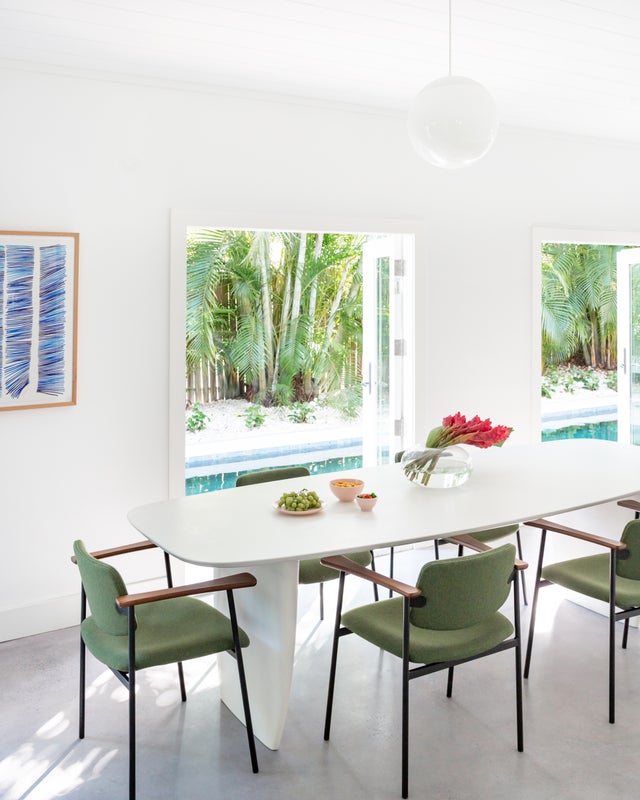
2. Assess existing finishes, fixtures and furniture for color components that will remain.
We believe that dialing in a game plan for color based on palette and mood should make you feel like you have more options rather than less—that said, if you plan on keeping certain pieces or finishes, include them in your swatch set to understand how to accommodate them in your plan. While generally true that stainless steel and brushed nickel are cooler tones while brass, copper and most wood grain are warmer tones, there’s plenty of wiggle room to mix, match, and bend rules into guidelines that work for your space.
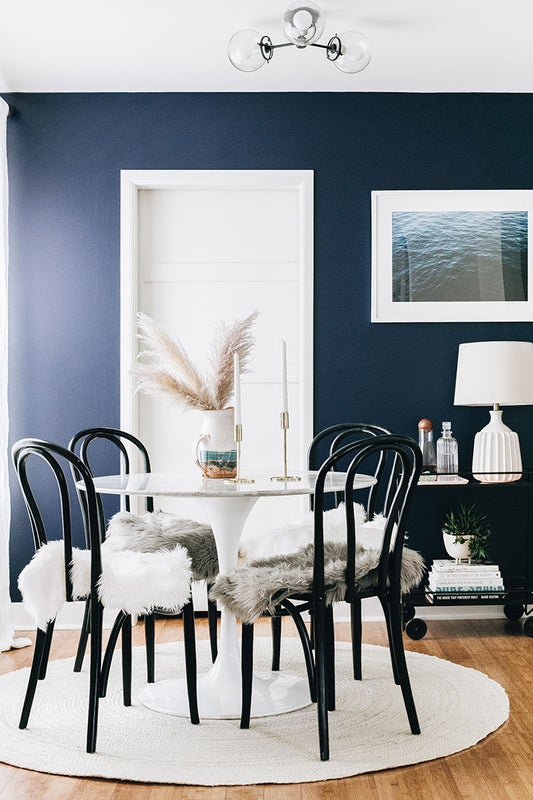
3. Build initial palette color candidates.
Now the fun part—pin away, keep an eye out for recurring tones, and take advantage of some pretty impressive tech-enabled palette selectors available online (we love Adobe Color, Pantone and Canva!). For extra credit, head to your favorite home improvement store’s paint section and shop the swatches—there’s nothing quite like a shuffle through different tones to see what catches your eye.
At this point, bring in more shades and tones than you think you might need, and don’t get too caught up on limiting your likes to five perfectly coordinated hues. More than the colors themselves, your palette will combine with texture, scale and form which can all help different tones play well together.

4. Use neutrals and texture to bridge and round out palette.
Our hot take: there’s room under the ‘neutrals’ umbrella for more than beige-by-a-thousand-names. Navy? Moss green? Terra cotta? Check, check, triple check. At the same time, the underlying principle of a neutral hue in a palette is one we stand by—to bridge more contrasting tones with a color that can be repeated at scale across a room to create harmony and balance. Be sure to keep in mind an overall temperature direction for your palette, even if you’re incorporating both cooler and warmer tones. A warmer cream or taupe will tilt the overall tonality of your room in a warmer direction, while a bright white or cool gray will take it in a cooler direction.
5. Adapt and refine based on mood.
If you’re planning a larger-scale renovation, you’ll likely find yourself refining your color candidates, switching in and out, and honing in on which colors are primary versus supporting roles. All good—just rinse and repeat the above process to make sure your ongoing changes match the overall mood that got you into project mode in the first place!
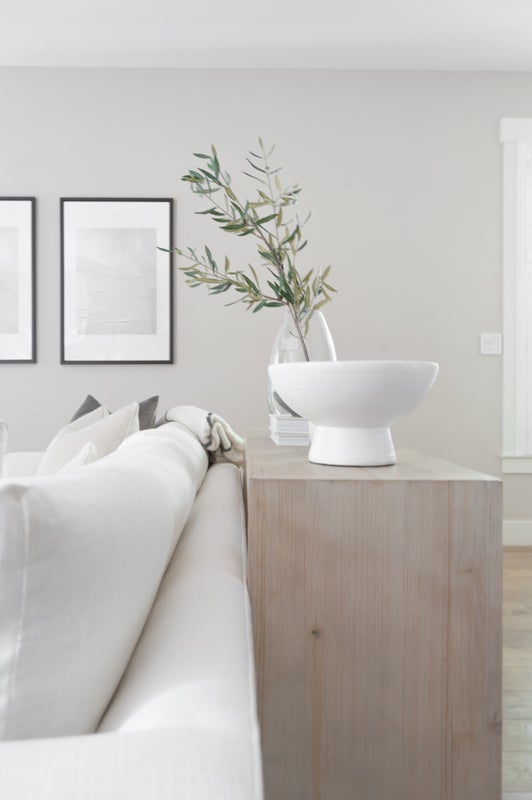
Sample Palettes in the Wild Design-Worthy Inspo
Spoiler alert: we have more to say on this topic (and tons of others) in our upcoming guidebook! For helpful commentary paired with coffee table-worthy visual inspiration, reserve your copy of Havenly’s design guidebook, Design the Home You Love (available in May).
While your palette will be as unique as your space, we thought it might help to see a few sample palettes to give an idea on how to develop your own project.
Palette #1: The New Neutrals
We love the never-ending rediscovery of neutral palettes—their timelessness, adaptability and calm-and-in-control reassurance…not to mention making everything look more expensive. This palette takes cues from down-the-fairway whites and beiges but leans into dusty, desaturated khakis and browns along with a sooty black and washed-out white instead of stark contrasts. Add a few big windows, fluffy linens and book us this B&B, stat.

Palette #2: Subtle Jungalow
If you’re beyond into houseplants (just like us), then you’re bringing greens in every shade into your space—this palette is a nod to all that good growth while dialing back saturation and leaning on peach and mauve-toned mid-browns to keep sophistication high.

Palette #3: Modern Victorian
Haven’t yet heard of eclectic granny? Now you’re in the club—and what a delightfully quirky club it is. Think wingback chairs in modern florals, plush settees, dramatic cooler tones and patterns on patterns—all updated for the today courtesy of a tighter palette and nods to graphic inspiration alongside traditional elements. Who knew that millennial pink and of-the-moment ochre could sit so well together?
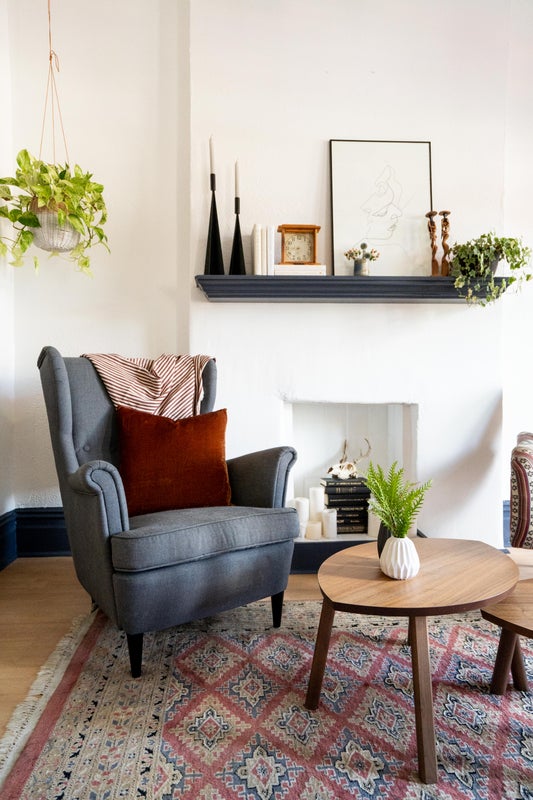
As we round into full spring mode, we’re clearing out and making way for new pieces—but making sure that we add thoughtfully curated elements and projects that support and adapt for a variety of uses. All the more important, then to keep mood and palette at the forefront to present spaces that make us feel more at home by reflecting all that our homes can be, from work to play and everything in between.
As always, if you’d like to work with a Havenly designer about your latest project and keep the color inspiration flowing, get started with our style quiz here!

